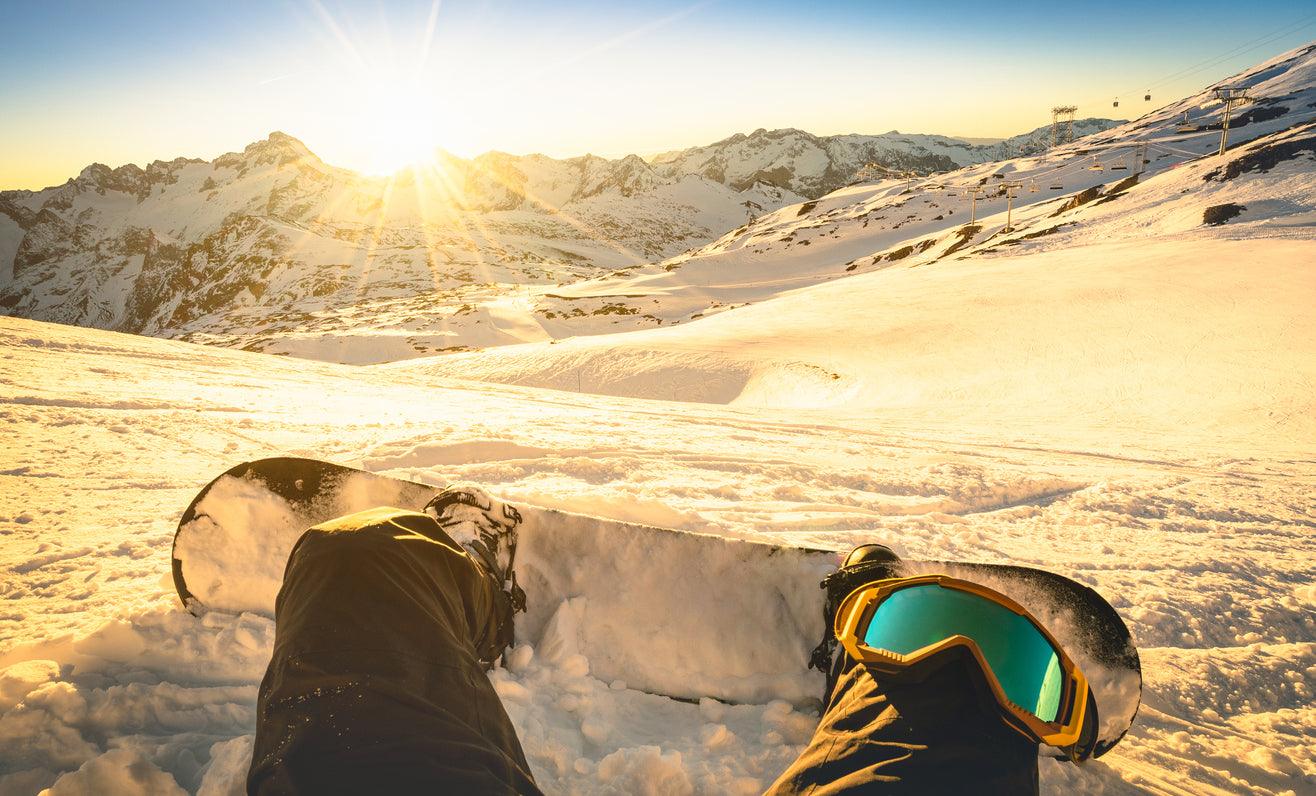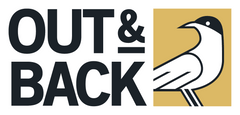4 Tips When Buying Used Skis & Snowboards

Looking to take up a new snow sport this season but don't want to pay full cost? We feel you! And while your motivation to try a new sport is high, don’t let it sink by picking less than ideal equipment. Purchasing second hand hard goods, like skis or snowboards, can be a lot more challenging than one would think. But fret not, we’ve got you covered.
Here are our expert tips on what to look for when purchasing used snow sport gear.
1. Looks can be deceiving… in a good way. Whether or not skis or a board have more life left in them is more about the condition of the core and the continuity of the edges rather than scratches and cuts in the base or rust and burrs on the edges. But you’d be surprised how much a base grind and a nice tune can do to fix up skis or a snowboard. If you’re buying skis or a board that have these issues, just plan to spend an extra $80 on a full tune from a pro-shop.
2. It’s all about the core. The stuff to look out for that will make a used snowboard a no-go are 1) vertical breaks in the sidewall (show that the board has been cracked in those spots), 2) inconsistencies or “lumps” in the top sheet (show that the board’s core has cracked and split up in those places) or 3) splitting off of the edges anywhere along the board’s base (this will cause water to leak into the core and warp it over time)
3. Watch for edge cracks on used skis and snowboards. This is different from burrs or scratches. Look for places where the edge of the board has literally broken creating what looks like an edge that consists of multiple pieces. Edges of skis or a snowboard are one piece of metal so if it looks like there are multiples on any edge, that’s damage and they will be weaker.
4. Always check the bindings. Bindings are a big deal on skis and used usually come with bindings. These can be hard to gauge whether or not they’re in good shape by looking at them. First, don’t buy bindings that are more than 10 years old – most shops won’t work on them. Second, make sure the DIN settings are the same on each ski. If not, ask why. This is usually a sign that the binding DIN spring has weakened on one binding. Last, make sure that there’s no loose parts and the binding is safely secured to the ski. No matter what you do, when you get used ski bindings it's worth it to take them to a local ski shop to get them checked out and adjusted to your settings.
Looking for the best places to purchase used skis or snowboards? If you’re shopping locally, look at buying from a consignment shop vs. an independent seller. A shop will be able to fit you properly and make sure the equipment is right for you. Additionally, they may have a return policy if they don’t work out or have issues.


